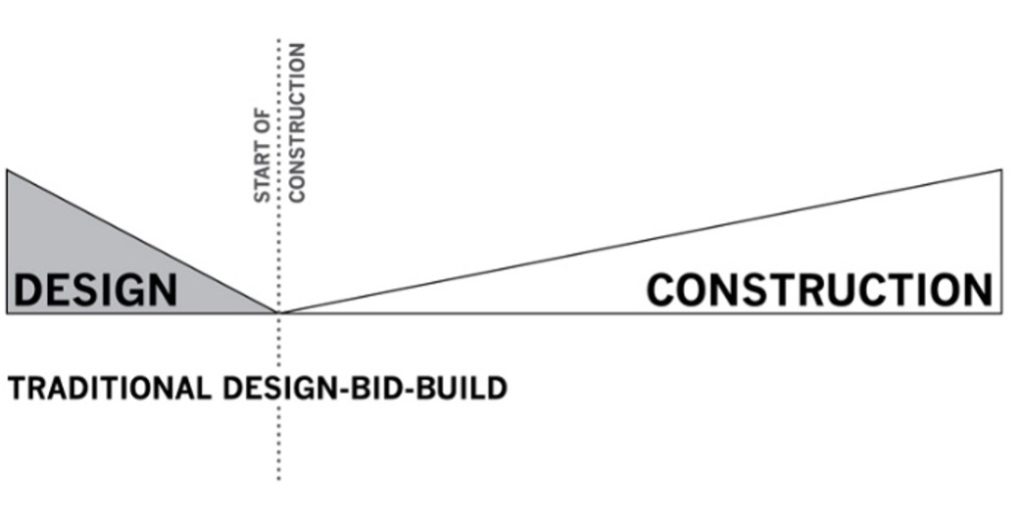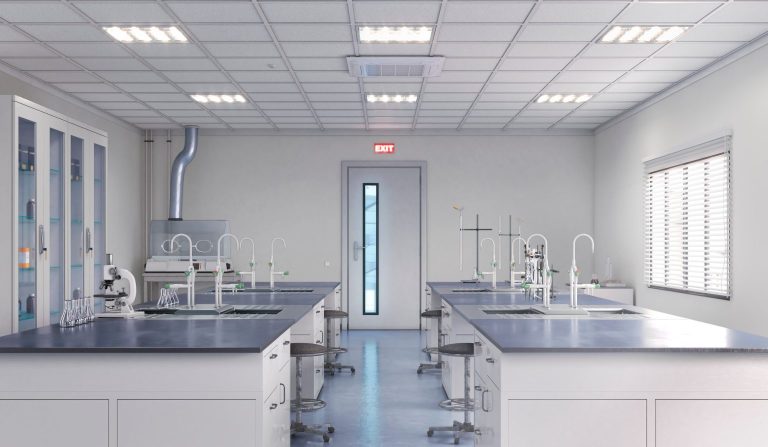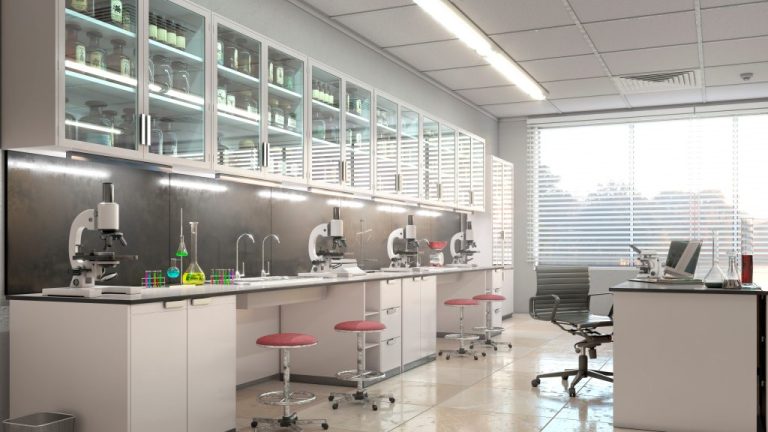What does the term ‘Design-Build’ mean in Lab Construction?
Design-Build is a project delivery system used in the construction industry. By running projects using this method, both the design and construction (building) services are contracted by a single company known as the Design-Build Contractor.
This method contrasts with Design-Bid-Build, which is in many countries (including) Denmark is the traditional way to run projects such as lab construction.
Design-Build can be split into two types:
1. Contractor-led Design-Build (CLDB)
With this method, the client has a single point of contact: the Contractor. Here are 3 ways that CLDB projects can be run.

Design-Build is a project delivery system used in the construction industry. By running projects using this method, both the design and construction (building) services are contracted by a single company known as the Design-Build Contractor.
This method contrasts with Design-Bid-Build, which is in many countries (including) Denmark is the traditional way to run projects such as lab construction.
2. Architect-led Design-Build (ALDB)
Here, the Architect/Engineer supports the client, but the client must make contracts individually with the subcontractors. 3 ways that ALDB can work:

So which method should I choose for our project?
Architect-led Design-Build and Design-Bid-Build are common methods used in Denmark currently. So why consider Contractor-led Design-Build? Isn’t there a risk of choosing a less-known method?
Critics of the Contractor-led Design-Build (CLDB) method argue that it limits the clients involvement in the design, and the contractors often make decisions which are outside of their area of expertise.
Proponents of the CLDB method counter that it saves time and money for the client and allow for innovation in the project delivery. Value is added because this method brings value engineering into the design process at the beginning of a project. Value engineering can continue through the duration of the project, as shown below:

CLDB allows the contractor, architects, engineers and specialised subcontractors to find best-value solutions for various aspects of the project, before the design is complete. CLDB brings all members of a project team together early on in a project, to identify and address cost, schedule & constructability.
Propenents argue that the result is alleviation of conflict between archtects/engineers/contractor and the client and reduces the risk of design errors.
Once design is finalised in a Design-Bid-Build scenario, proponents argue that the greatest opportunith for savings has already been lost, as the design is now fixed in fine detail. The risk is therefore greater for the client. The overall project time is also lengthened, as the design must be completely finished, before bid & construction can commence. This factor is shown in the below diagram:

CLDB means that responsibility for design errors lies with the Contractor (Design-Builder), which relieves the client of liability and the responsibility of managing the project.
But have these benefits of CLDB ever been proved?
Reseach on this subject has been done in USA. Researches on Selecting Project Delivery Systems by Victor Sanvido and Mark Konchar of Pennsylvania State University found that design–build projects are delivered 33.5% faster than projects that are designed and built under separate contracts (Design-Bid-Build).
Sanvido and Konchar also showed that design–build projects are constructed 12% faster and have a unit cost that is 6.1% lower than design-bid-build projects.
Which type of method does Copenspace offer?
We work with the Contractor-led Design-Build (CLDB) method in order to bring you the above mentioned benefits. We offer you a single point of contact for the full project from the initial ideas & concept design to the final coat of paint and a complete laboratory. Many clients ask if we can design & construct offices spaces as well as lab spaces. The answer is yes, 90% of our projects include associated office areas – the construction of these spaces is run in sync with the lab construction.
Download our brochure HERE to find out how we do it.
Here are 7 advantages to you, the client by using Copenspace and the CLDB method:
- FASTER DELIVERY – Collaborative project management means work is completed faster with fewer problems.
- COST SAVINGS – Our spherical approach to projects allow efficiency and innovation.
- BETTER QUALITY – We work to meet performance needs, not minimum design requirements.
- SINGULAR RESPONSIBILITY – Copenspace alone are accountable for cost, schedule and performance.
- DECREASED ADMINISTRATIVE BURDEN – Collaborative project management means work is completed faster with fewer problems.
- REDUCED RISK – Our team assumes additional risk.
- REDUCED LITIGATION CLAIMS – By closing warranty gaps, you can virtually eliminate litigation claims.







